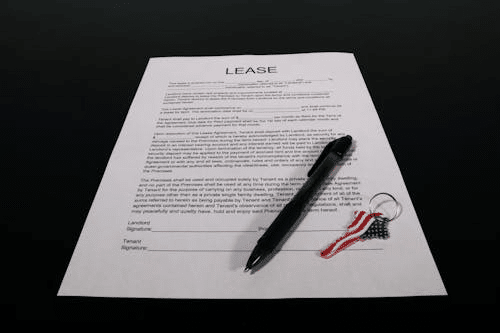Tenant move-outs can quietly erode your net operating income (NOI) if you treat each vacancy as a scramble. Days slip by, costs pile up, and the next lease starts with preventable problems already baked in. A simple, repeatable turnover checklist protects both your time and your numbers.
When you standardize what happens between notice and the next move-in, you cut vacancy, avoid surprise repairs, and keep your property easier to manage. Here are seven practical checkpoints that help preserve NOI every time a resident moves out.
Lock in a consistent move-out inspection
Turnover protection starts the moment a resident gives notice. Use the same inspection checklist every time so nothing is missed. Walk the unit slowly and document floors, walls, appliances, windows, plumbing, and safety devices with clear photos and short videos. Over time, that library becomes helpful evidence if disputes over damage or deposits ever surface.
During the walkthrough, separate normal wear and tear from damage that can be charged back. Flag any safety or habitability issues that must be handled right away, then note items that can roll into a planned upgrade later. A consistent inspection routine cuts missed problems, reduces arguments, and keeps the turnover timeline moving.
Pre-book core vendors, including pest control
Vacancy is the most expensive line item in turnover. If you wait to call vendors until you already have the keys, every small task suddenly slows the whole process down. Build a standard vendor stack for cleaning, painting, minor repairs, carpet or flooring, and pest control. Reliable vendors who understand expectations often become quiet partners in NOI.
Pre-book services based on the projected move-out date, with a short buffer. Be sure to confirm access instructions and billing preferences in advance. This keeps the schedule tight and reduces idle days where the unit sits empty.
Use a make-ready scope that matches the rent strategy
Not every turnover needs a top-to-bottom renovation. The right level of work depends on the target rent, local competition, and the remaining life of major components. Create standard make-ready packages for different unit tiers, then match each unit to the right package. Documenting these packages also speeds approvals when owners review budgets.
This avoids overspending on finishes that will not improve rent or absorption. It also prevents underspending that leads to lower rent or slower leasing. A clear scope tied to the rent strategy helps by aligning turnover spend with future income.
Tackle invisible risk items while the unit is empty
Some of the best NOI protection happens where new residents never look. Turnovers are a natural time to address smoke and carbon monoxide detectors, loose railings, slow drains, or minor leaks. Addressing small risks early is often cheaper than one large emergency.
Use the empty unit to run basic safety and systems checks. Test GFCI outlets, confirm that shutoff valves work, and inspect under sinks for early moisture signs. These quiet steps reduce future repair calls and extend the useful life of key systems.
Standardize paint, flooring, and fixtures to control costs
Random finishes across a portfolio make turnovers more expensive. When each unit has different paint colors, flooring types, or light fixtures, every make-ready job becomes a custom project. Consistent finishes also make online photos more accurate across multiple units.
Choose a small set of standard materials that work across most units. Use a single interior paint color with a matching trim color, one or two flooring systems per property, and a short list of go-to fixtures and hardware. Standards support bulk buying, faster labor, and easier maintenance.
Plan marketing, pricing, and photos before work finishes
Marketing prep should run in parallel with make-ready work. Update listing copy, confirm current rent comps, and draft pricing scenarios based on lease term, move-in date, and any concessions. Strong marketing can often recover a few days of potential vacancy.
Refresh photography whenever a unit receives material updates or when older photos no longer match the property. Collect key details such as parking, pet policies, utility responsibilities, and neighborhood highlights. Having marketing assets ready to launch as work wraps up shortens the days vacant.
Close the loop with a post-turnover review
Without a review step, turnover data disappears into email threads and invoices. After each unit is filled, hold a short review of the timeline, costs, and any friction points. Compare projected and actual dates for move out, make ready, listing, and lease signing. Even short debriefs can reveal simple fixes that rescue future timelines.
Track common repair themes, recurring resident damage, and vendor performance trends. Use those findings to update house rules, vendor agreements, and the checklist itself. A simple review rhythm supports continuous improvement.
Endnote
Turnover will always carry some cost. The difference between a stable asset and a constantly stressed one often comes down to process. A clear checklist, reliable vendors, and standards that match the rent strategy keep units moving, control expenses, and support cash flow.
With these seven checkpoints in place, landlords and property managers can treat every move-out as a manageable project and protect NOI across the life of the property. The result is a smoother operation that supports both residents and owners.
